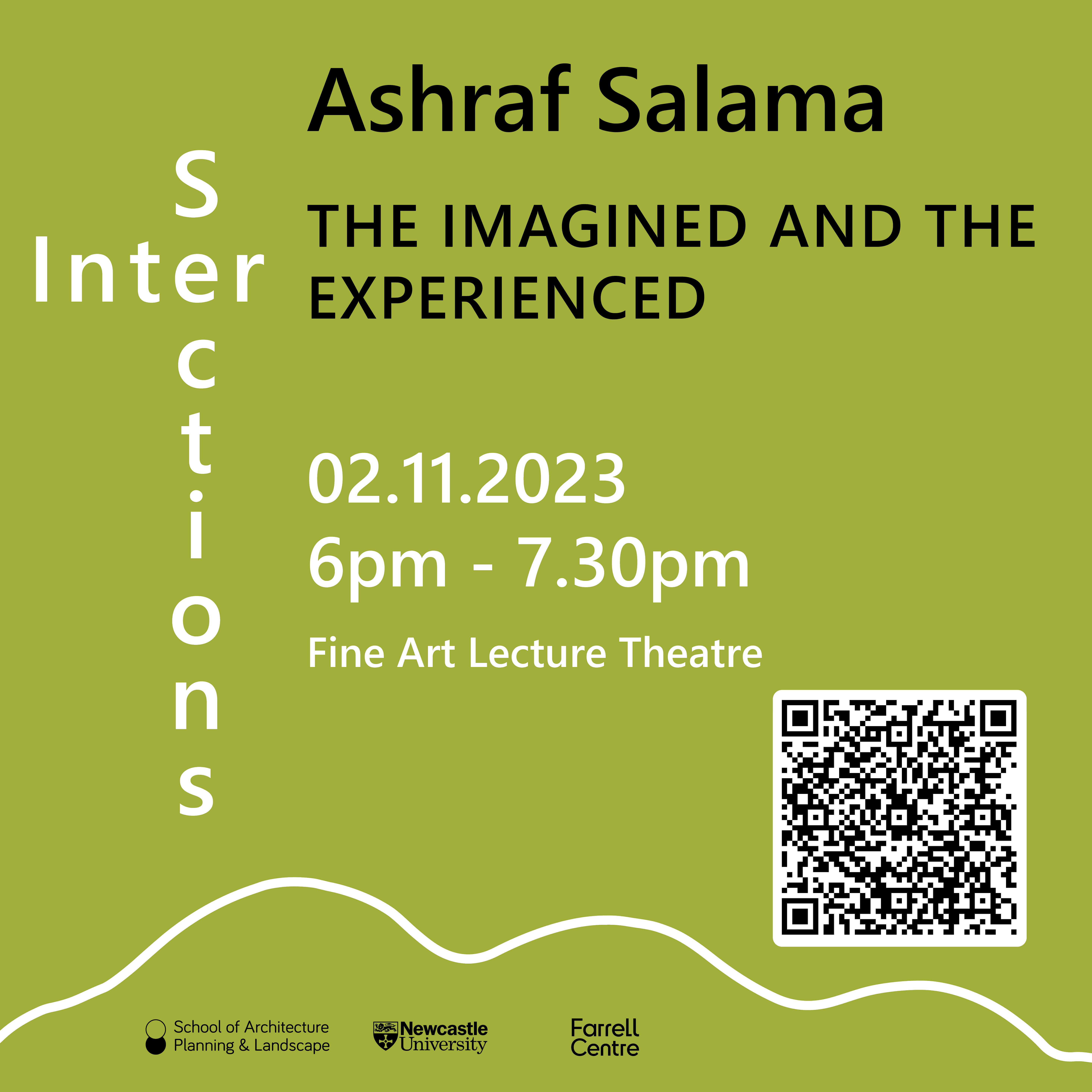Ashraf Salama
The Imagined and the Experienced – Contrasting Realities in Three Acclaimed Projects
Professor Ashraf M. Salama is Chair in Architecture and Urbanism and Head of Architecture and Built Environment at the University of Northumbria, Newcastle, UK, He has led three schools of architecture in Egypt, Qatar and the UK. He was Head of the School of Architecture (2014-2020), and Director of Research (2020-2022) at the University of Strathclyde, Scotland. He is the chief editor of Archnet-IJAR: International Journal of Architectural Research and is the UIA 2017 Recipient of Jean Tschumi Prize for Excellence in Architectural Education and Criticism. Securing more than 2,5 million GBP of research grants, he has published 17 books and articles on global and emerging cities, human-environment interactions, and design pedagogy in architecture and urbanism. For more information, visit https://www.ashrafsalamanet.net/welcome
This talk argues that effective buildings or urban environments require diverse qualities that can be framed conceptually under two symbiotic concepts: the imagined and the experienced. Understanding these two principal dimensions of space allows the development of insights elucidating important aspects of space production and reproduction. Yet, this is further problematised by maintaining that high-profile projects promoted by governments, local municipalities, and the media do not always meet program requirements or user expectations. Three buildings are selected from three different contexts to test this claim: Qatar University Campus in Doha, Al-Azhar Park in Cairo, and the Riverside Museum in Glasgow. The talk is centred on a multi-modal inquiry which adopts various approaches for understanding and analysing buildings and projects: criticism, performance evaluation, and habitability, utilising a wide spectrum of conceptual and empirical tools. Key aspects of the design and spatial qualities of these buildings are compared with an analysis of critical writings on how they were portrayed in the media. A conclusion is drawn to call for the need for better compatibility between the imagined design ideas and the actual spatial environments in use.

